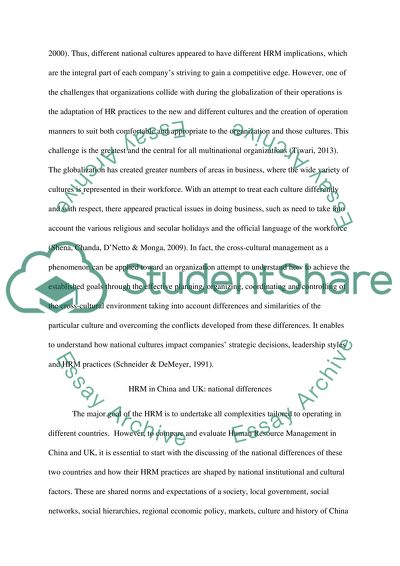Cite this document
(“Human Resource Management Practices in China and the UK Essay”, n.d.)
Retrieved from https://studentshare.org/human-resources/1700144-human-resource-management-practices-in-china-and-the-uk
Retrieved from https://studentshare.org/human-resources/1700144-human-resource-management-practices-in-china-and-the-uk
(Human Resource Management Practices in China and the UK Essay)
https://studentshare.org/human-resources/1700144-human-resource-management-practices-in-china-and-the-uk.
https://studentshare.org/human-resources/1700144-human-resource-management-practices-in-china-and-the-uk.
“Human Resource Management Practices in China and the UK Essay”, n.d. https://studentshare.org/human-resources/1700144-human-resource-management-practices-in-china-and-the-uk.


